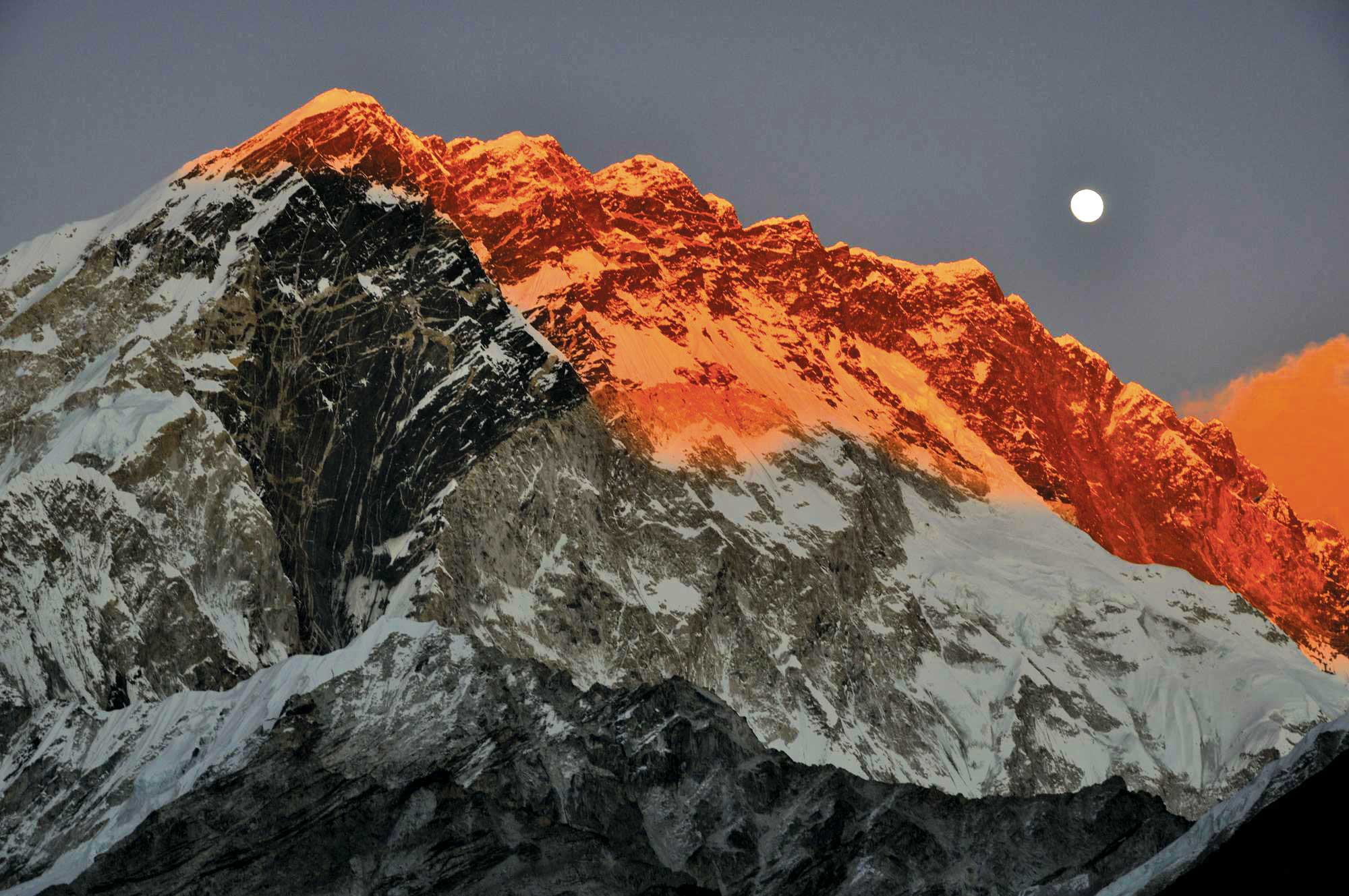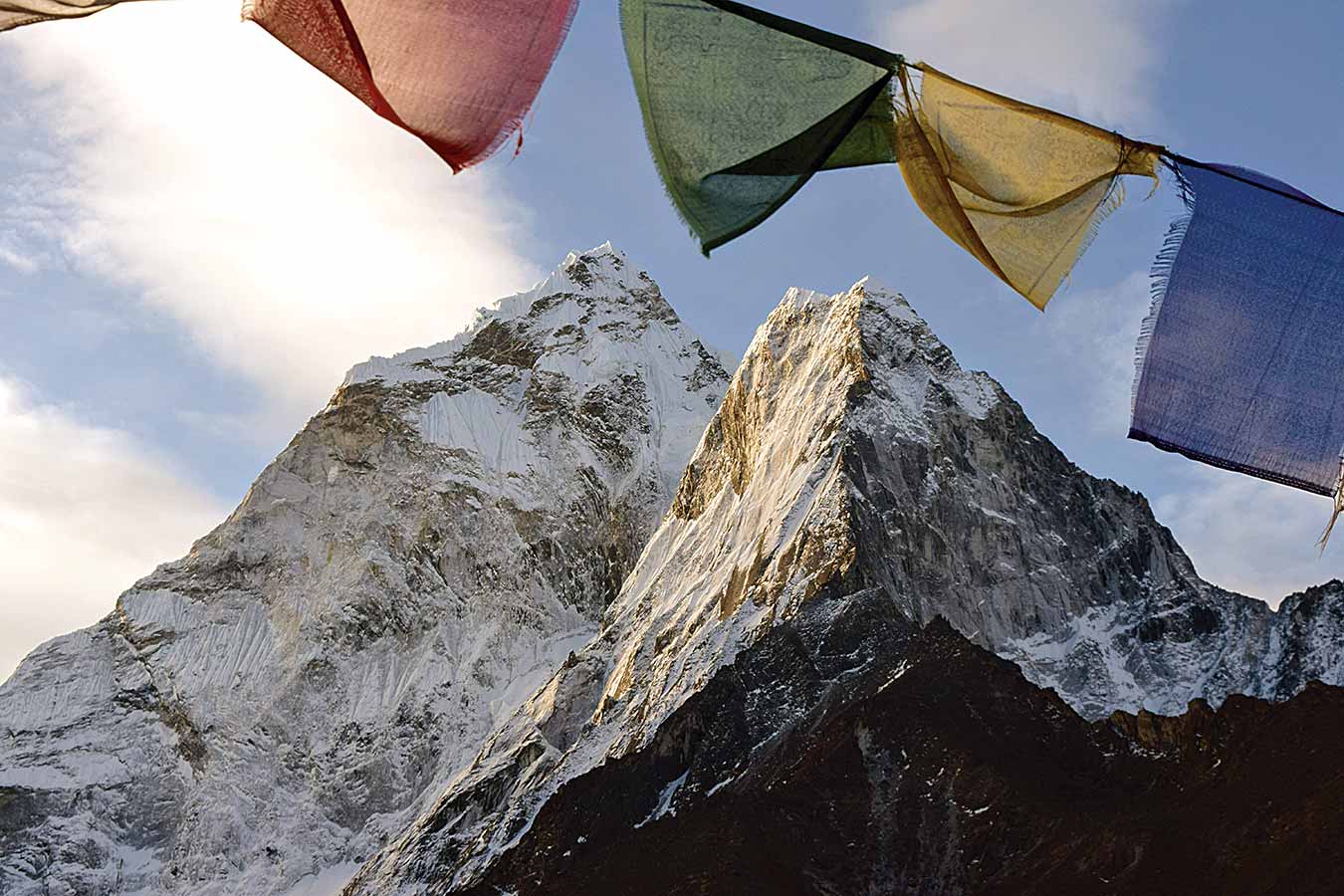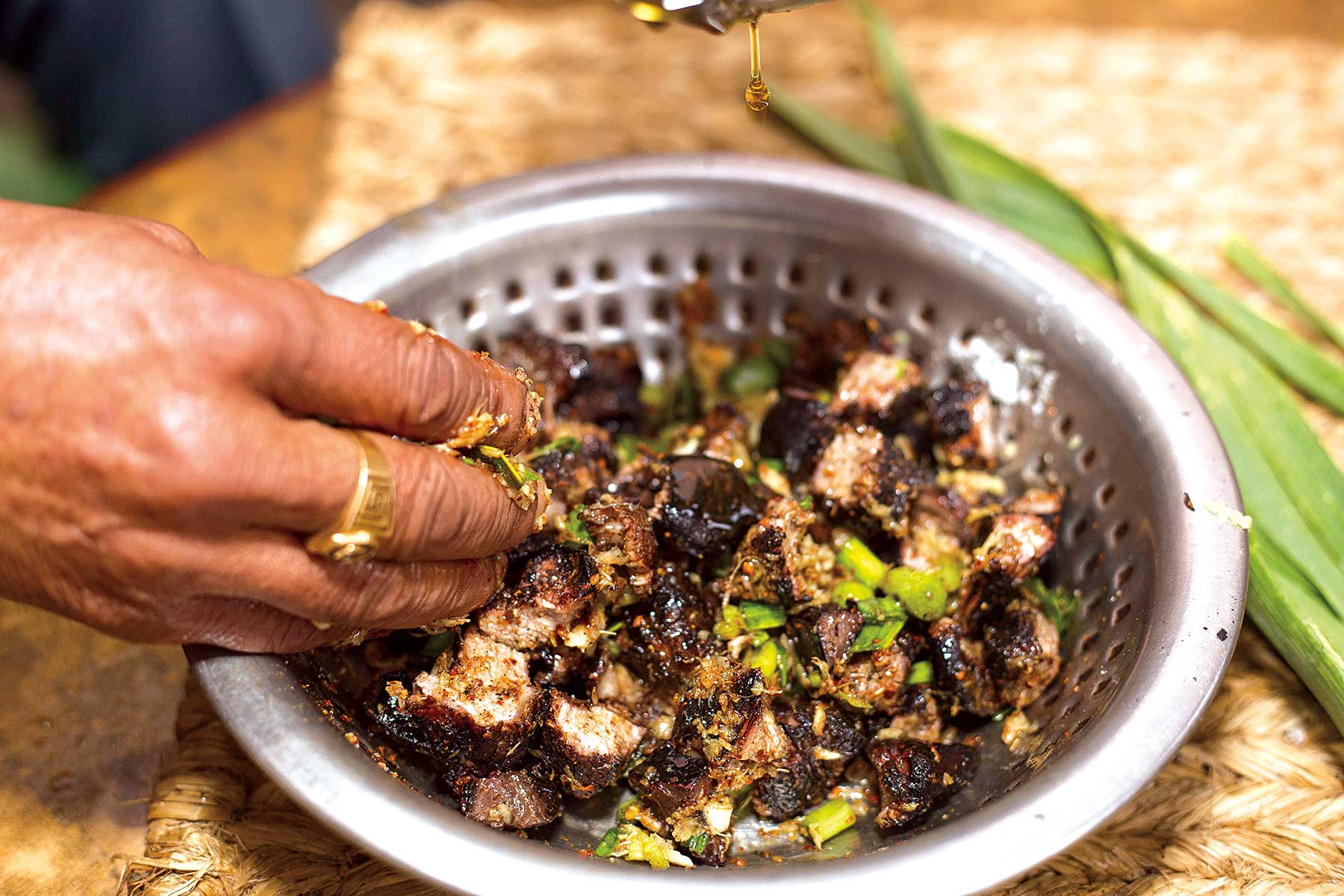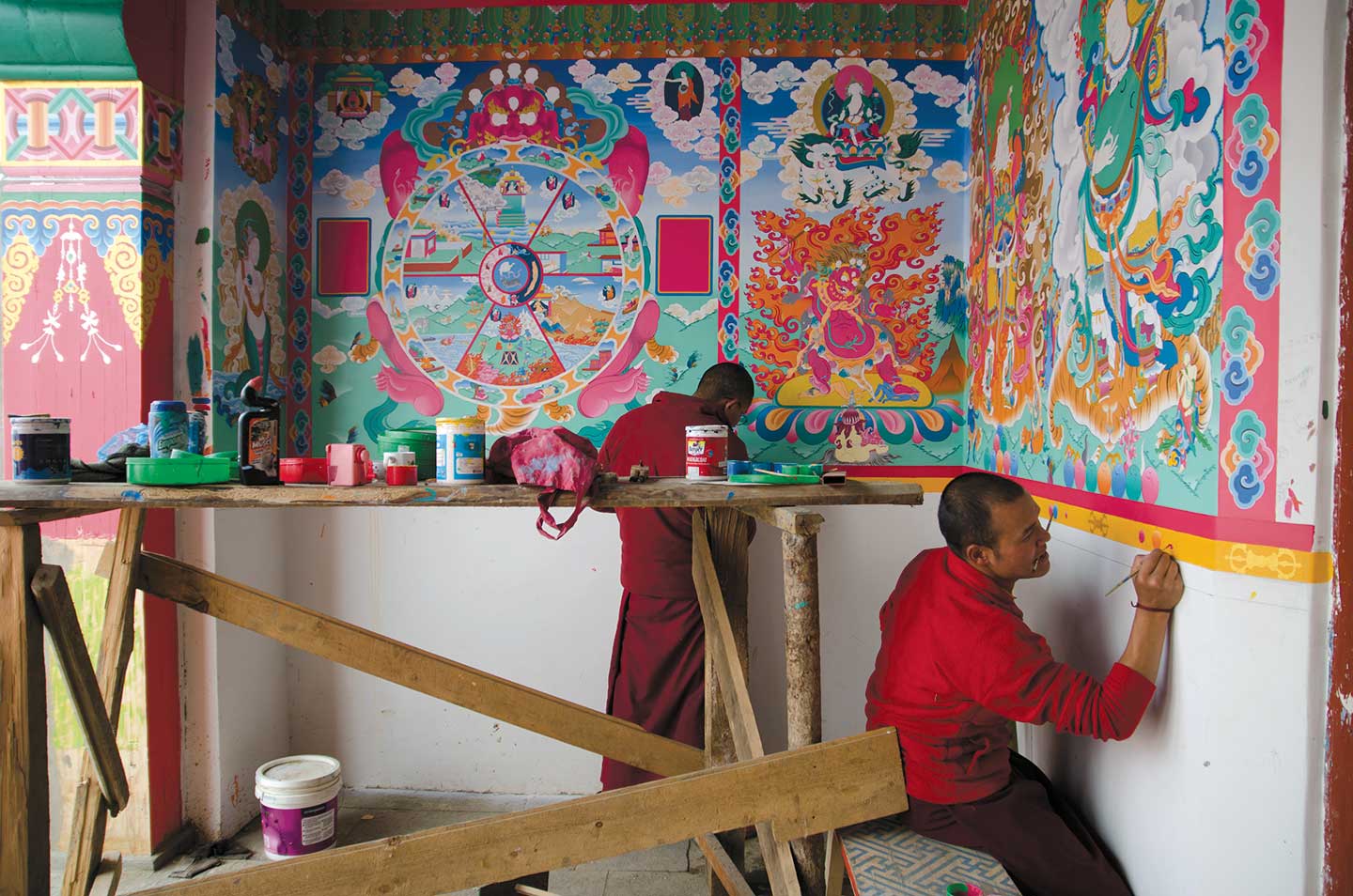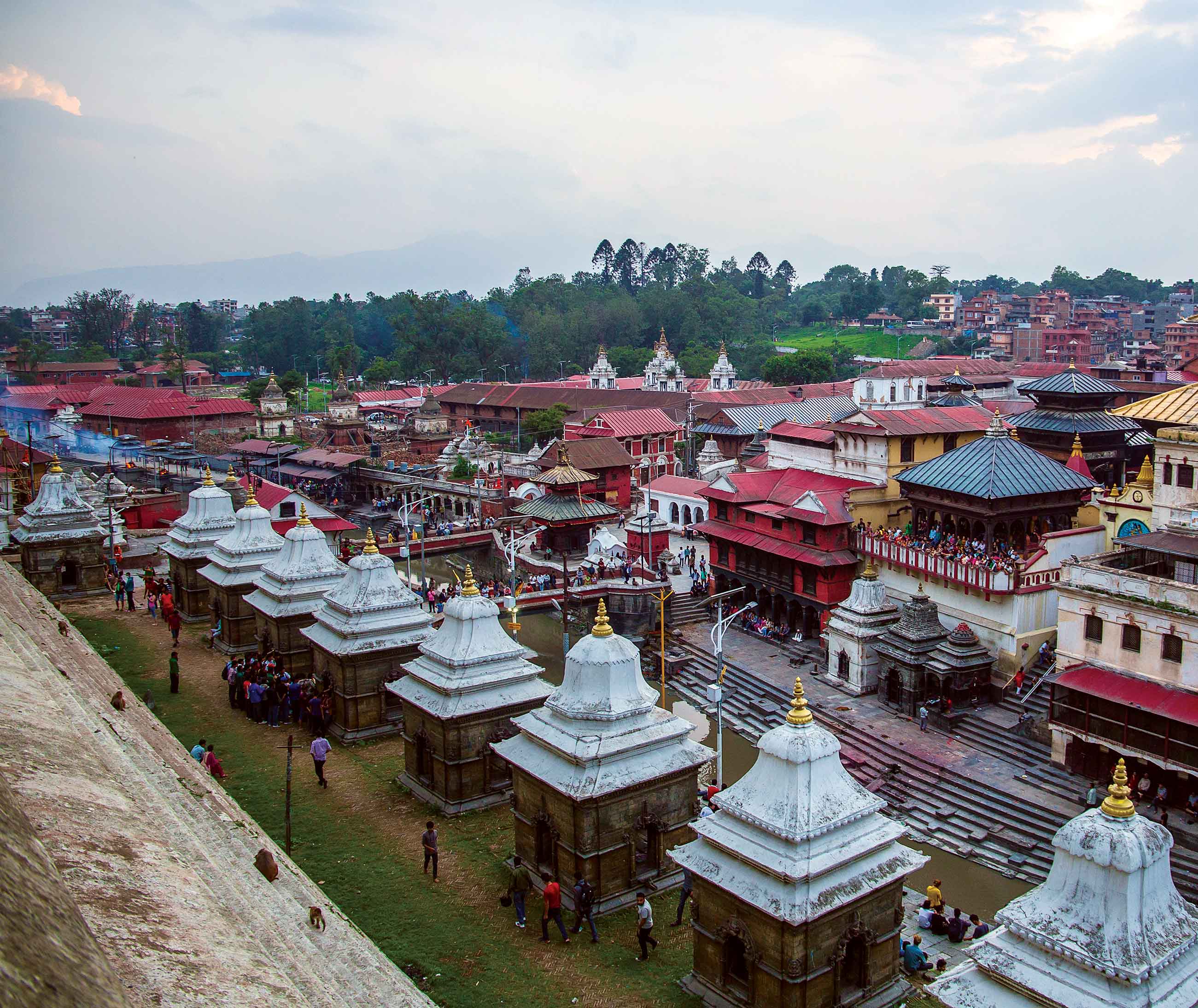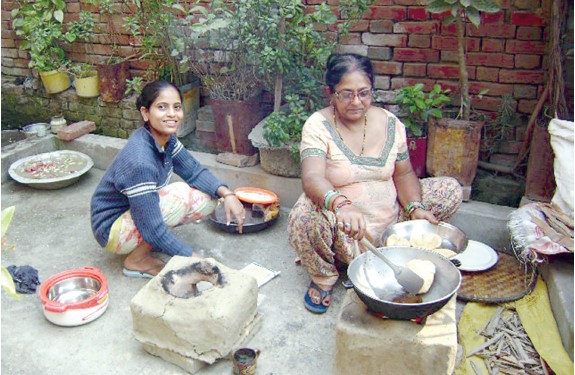“We dance together, we drink together, we pray together”- a look at the most important community festival of the Sherpas.
A trek in proximity to Namche Bazaar in June or July calls for a visit to the famous Tengboche monastery, where a colorful cultural experience, the festival of Dumje is celebrated each year before the advent of monsoon. Dumje is celebrated by Sherpas of Khumbu, a rugged area situated near the Tibetan border passes in northeastern Nepal, as well as Solu, a southern neighbor of Khumbu, although celebrations differ between the two places.
In Khumbu, an amalgamation of Tibetan rites, and in Solu, ritualistic rain-invoking dances, mark this four-day long festival. In Khumbu, prayers to Khumbila, sharing of chyaang, traditional Sherpa line dances and throwing of tsampa (barley flour) for good luck constitutes Dumje. In Solu, the Gebchi is carried out in the third day to ban evil spirits and please high gods. In addition, “Nen-Seg-Phang-Sum”, the process of dispelling evil spirits by trampling, burning and throwing, is also carried out and it is believed that this festival secures a safe path to people’s next life.
 The Dumje festival also coincides with the birth of Guru Rinpoche (also known as Padmasambhava) on the lotus flower, ever since Lama Sangwa Dorgje, founder of the earliest monasteries of Khumbu, established this festival in Pangboche over three hundred and sixty years ago.
The Dumje festival also coincides with the birth of Guru Rinpoche (also known as Padmasambhava) on the lotus flower, ever since Lama Sangwa Dorgje, founder of the earliest monasteries of Khumbu, established this festival in Pangboche over three hundred and sixty years ago.
The food, chyaang – locally brewed liquor made from fermented rice and festivities for the entire village are funded by groups of local families each year, with one family’s cyclical responsibility coming in every sixteen or twenty years. Families have also been known to borrow heavily for this annual occasion, which can be a huge logistical and financial challenge, yet is also hailed as an honorable community involvement.
Dumje is celebrated in Tengboche monastery of Namche Bazaar in May or June, in Junbesi monastery of Solu in January, as well as Khumjung and Pangboche monasteries of Khumbu. A trek to these places can be squeezed into your itinerary accordingly, as can the witnessing of this communal, “magical” festival of the appeasement of holy spirits of the hardy Sherpas.


